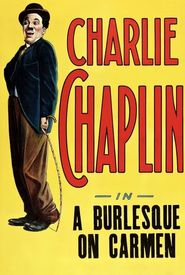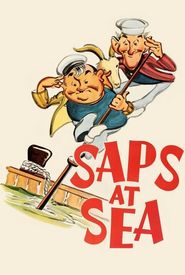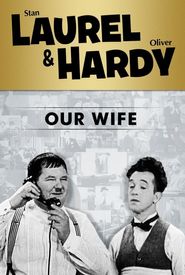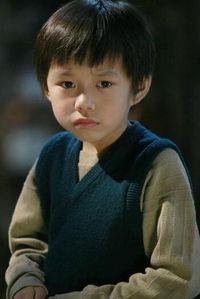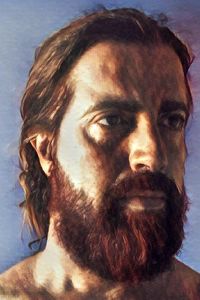Ben Turpin, the renowned cross-eyed comedian of the silent era, was not born with this distinctive feature. According to reports, his right eye slipped out of alignment while he was playing the role of Happy Hooligan in vaudeville, and it never adjusted. This unexpected disability would ultimately enhance his comic value and catapult him to stardom.
Born in New Orleans in 1869, Ben Turpin was the son of a French-born confectionery store owner. When he was just seven years old, his father relocated the family to New York's lower East Side. Turpin's adventurous spirit and love of travel led him to spend his early adult years as a hobo, drifting from place to place. His life took a turn when he stumbled upon a chance to perform comedy in Chicago, where he drew laughs at parties and eventually caught the attention of a newspaper advertisement seeking comedy acts.
With a partner, Turpin successfully booked shows and later went solo, entertaining audiences with his unique blend of physical comedy, tricks, and pratfalls. His signature move, the "108," a backwards tumble, became a crowd favorite. Turpin's most enduring character, Happy Hooligan, was a hapless persona he developed while performing on the road, and he kept it as part of his routine for 17 years.
Turpin's entry into the world of film came at the age of 38, when he joined Essanay Studios in Chicago in 1907. Initially, he worked as the company's resident janitor but eventually became a regular fixture in their silent comedy shorts. He typically played bumbling characters who always managed to get themselves into trouble. It wasn't until he returned to Essanay and was introduced to Charles Chaplin that his career truly took off.
Chaplin paired Turpin with Mack Sennett, and by 1917, Turpin had become a top comedy draw. With his trademark crossed eyes and thick mustache, he went on to star in scores of slapstick films alongside Mabel Normand, Roscoe 'Fatty' Arbuckle, and other notable comedians. Turpin's most memorable roles often parodied hit movies of the day, such as his 1923 film, The Shriek of Araby, in which he lampooned Rudolph Valentino. His true forte was impersonating the most dashing and sophisticated stars of the day, only to turn them into clumsy oafs.
Turpin retired from full-time acting in 1924 to care for his ailing wife, Canadian comedy actress Carrie Turpin (née LeMieux). After her passing the following year, he returned to the screen, but his marquee value had significantly declined. The advent of sound marked the end of his unique brand of physical comedy, and he was largely relegated to comic cameos for other top stars, including a memorable appearance as a plumber alongside Laurel & Hardy in Saps at Sea (1940). Turpin died of heart disease that same year, leaving behind a legacy as one of the most beloved and enduring comedians of the silent era.

